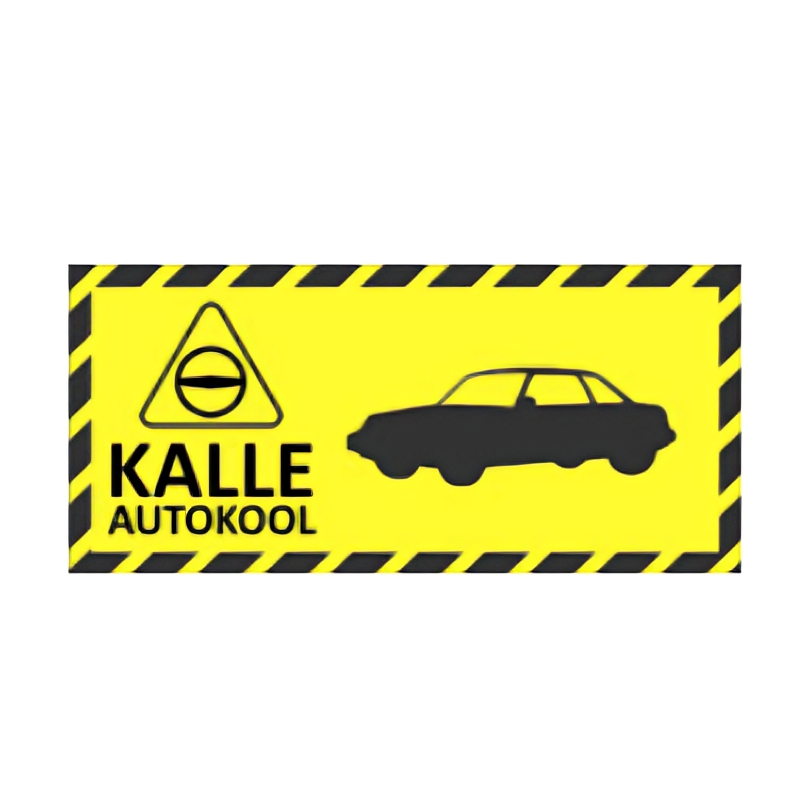E-learning vs. classroom: what's best for your driving education?
When it comes to learning how to drive, the method of education you choose can significantly impact your experience and success. With the rise of digital technology, e-learning has become a viable option for many students. However, traditional classroom learning remains a popular choice, especially for a skill as hands-on as driving. In this post, we'll delve into the pros and cons of both e-learning and classroom-based learning for driving education.
E-learning for driving education typically involves using online platforms and resources to learn the theoretical aspects of driving. This method allows students to study traffic laws, vehicle mechanics, and safe driving practices from the comfort of their homes or any location with internet access.
Classroom-based learning, on the other hand, involves attending scheduled classes at a driving school like KALLE AUTOKOOL OÜ. These classes are led by experienced instructors who provide direct instruction and the opportunity for immediate feedback and clarification.
Comparing E-Learning and Classroom Learning
E-learning offers unparalleled accessibility and flexibility, allowing students to fit their driving education around their busy schedules. Classroom learning requires a more structured approach, with set times and locations for lessons.
With e-learning, students can progress at their own pace, which is ideal for those who need more time to absorb information. Classroom learning promotes a uniform pace, which can benefit students who prefer a more guided approach.
While e-learning can include interactive elements like simulations, it lacks the hands-on experience that classroom learning provides. In-person classes offer the advantage of real-time driving practice under the supervision of an instructor.
E-learning can often be more cost-effective due to the lack of physical resources and facilities. Classroom learning may involve higher costs, but these often include the benefit of in-person instruction and use of the school's vehicles for practice.
Online assessments can be convenient and immediate, but they may not always capture a student's practical driving abilities. Classroom assessments, including in-car evaluations, provide a comprehensive understanding of a student's skills.
Benefits of E-Learning for Driving Education
E-learning platforms enable students to access materials at any time, making it easier to manage other commitments such as school or work. This flexibility is particularly beneficial for young adults with dynamic schedules.
Online driving courses can be tailored to individual learning preferences, with various multimedia resources available to enhance understanding.
Students have access to a wide range of digital resources, including videos, interactive quizzes, and up-to-date information, which can be revisited as often as needed.
Advantages of Classroom Learning for Drivers
Classroom learning provides the essential hands-on experience that is critical for developing practical driving skills. This includes operating a vehicle and responding to real-world driving scenarios.
Direct interaction with certified instructors allows for personalized guidance and the opportunity to ask questions and receive immediate answers.
Learning alongside peers can offer additional support and motivation, as well as the opportunity to observe and learn from others' experiences.
Hybrid Approach: Combining the Best of Both Worlds
A hybrid driving education model incorporates both e-learning and classroom instruction, providing a comprehensive approach that caters to various learning styles and needs.
This model allows students to benefit from the flexibility of online learning while still gaining the invaluable hands-on experience and personal interaction that classroom learning offers.






Comments (0)